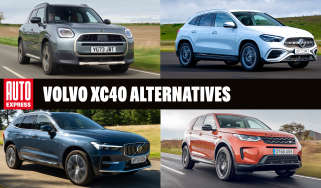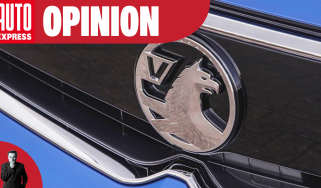Range Rover Hybrid video: Epic India expedition
We drive the Range Rover Hybrid from Jaipur to Mumbai on the last leg of an epic 10,000-mile expedition
What’s the best way to show off the capabilities of a new Range Rover Hybrid? For Land Rover, it was driving three prototypes 10,000 miles from the factory in Solihull, W Mids, to Mumbai in India – home of parent company Tata. And we were invited to be part of the 53-day epic adventure – the world’s first hybrid expedition.
The route followed the legendary Silk Road trading routes that first connected Asia with Europe over 2,500 years ago – taking in France, Belgium, Germany, Poland, Ukraine, Russia, Kazakhstan, Uzbekistan, Kyrgyzstan, China (including Tibet), Nepal and India.
This expedition would allow Land Rover to see how close the Hybrid could get to its official 44mpg economy figure when driven in a variety of conditions. These ranged from operating in temperatures from -10 to 43 degrees Centigrade and at altitudes of up to 5,500 metres above sea level, where oxygen levels are as little as 10 per cent.
Details on how the prototypes performed were logged along the way. In total, 300GB of data was sent back to Land Rover’s technical centre in the UK to help fine-tune the final production vehicle, which goes on sale in January, priced £98,430.
Needless to say, the going wasn’t always smooth. Over the 53 days, the three Range Rover Hybrids and four support Land Rovers suffered 15 punctures between them, plus four wheels were damaged by deep potholes, four windscreens were cracked by stones thrown up from rough road surfaces and a few body panels were dented in minor prangs.
During one of the early legs, a Hybrid sucked water into its engine when its driver navigated through a river far deeper than the permitted 900mm wading depth. Yet despite running a bit rough for a few hours, it managed to complete the expedition with no apparent damage.
But the tough conditions didn’t just take their toll on the vehicles. They were just as harsh on the people behind the wheel, with several needing treatment from the expedition’s medic for upset stomachs and altitude sickness.
The 10,000-mile journey was divided into 11 sections, and we were lucky enough to take part in the final leg: the three-day trek from Jaipur, in Rajasthan, to Mumbai in Maharashtra.
Although all the driving would be on ‘tarmac’ and at relatively low altitudes, the definition of a road in India is very different to ours. In fact, the final 800-mile leg of the entire expedition turned out to be the most eventful of all. That’s hardly surprising when you consider the mayhem that is driving in India. As in the UK, they drive on the left – most of the time. Quite often a motorcycle, car or even a heavily laden truck will be heading straight for you on the wrong side of the road.
Worse still, traffic lights are ignored, junctions are a free-for-all and generally whoever is the bravest has right of way – a motoring Darwinian survival of the fittest is played out in front of you. Little wonder that nearly 200,000 people die in road traffic accidents every year in India.
Other vehicles aren’t the only concern, though. Pedestrians wander around everywhere, even on the motorways, where they sometimes choose to sleep on the hard shoulder.
The plague of stray animals is even worse. Dogs and goats aren’t the biggest problem – at least they try to get out of the way. But the cows don’t. They just mill about and often lie in the road.
And you absolutely have to give way to them – not just because of their size. Our guide Akki explained: “Cows are sacred – you can’t hurt them. Hindus believe each cow has the spirit of 33,000,000,000 gods living in them. If you hit a cow in your car, it’s very bad. People will beat you.”
Akki told us there are three things you need to drive in India: “Good brakes, a good horn and good luck.” He wasn’t wrong – especially about the horn.
Click through to page two to read about the rest of our incredible expedition.


